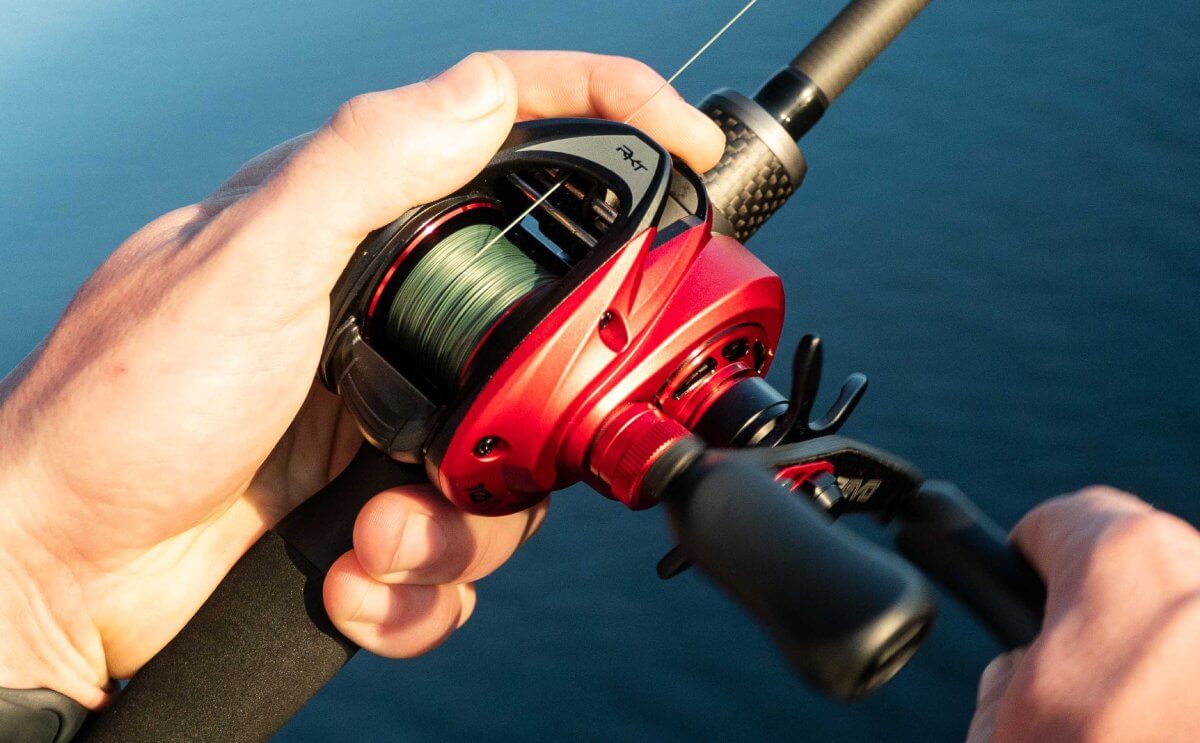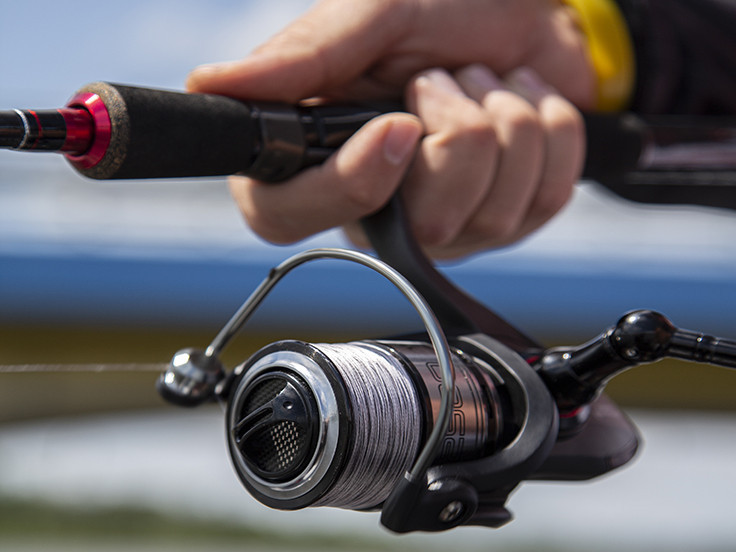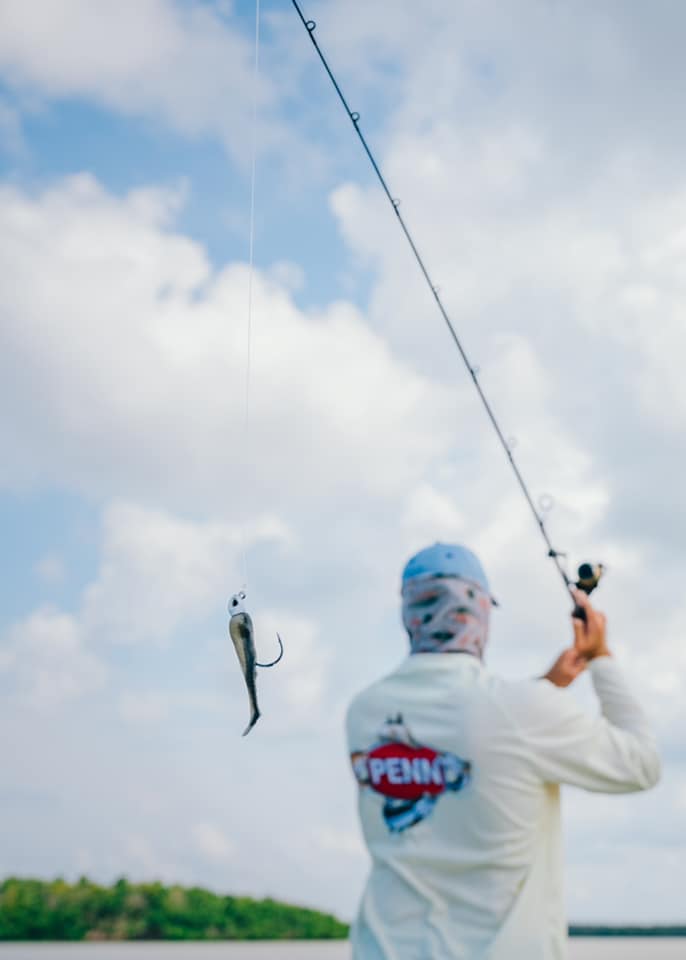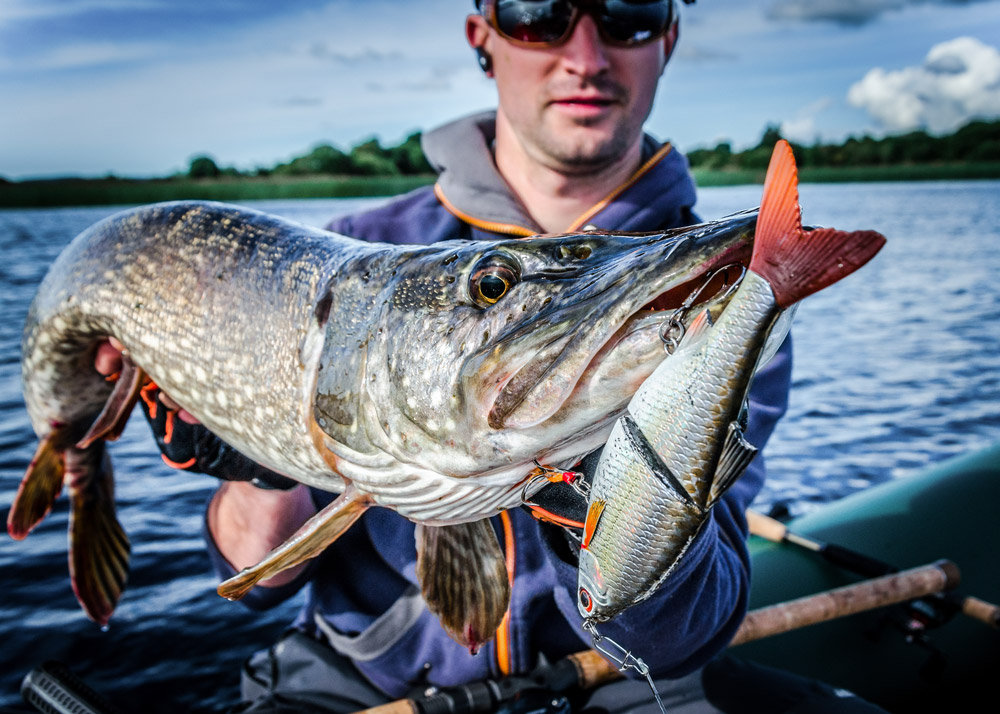
Pike fishing is an exciting and rewarding activity. However, to succeed in catching this predator fish, you need to be well equipped and know how to choose the right equipment and, above all, the right fishing line. Pike are carnivores with around 700 razor-sharp teeth.
One of the essential elements for a good fishing trip is choosing the right line and the right diameter. In this article, we'll take you through the different types of line available on the market, and the criteria you need to take into account to make the right choice.
The different types of line for pike fishing

There are several types of line for pike fishing, each with its own advantages and disadvantages. Some fishing lines are used as line bodies, while others are used to make rigs, mounts or leaders. Here are the three main types:
- Monofilament nylon thread: This type of thread is the most common and the least expensive. It offers good resistance to abrasion and knots, while being flexible enough to allow lures to be cast easily. It differs from fluorocarbon in that it is more elastic. Among the many nylon products on the market, Yuki's Invisible 3G Generation nylon is renowned for its incredible resistance to abrasion and its invisibility beneath the surface of the water. It is widely used for sea fishing.
- Fluorocarbon line : Fluorocarbon looks a lot like nylon, but has the advantage of being virtually invisible underwater, which can be an asset when it comes to fooling pike. It is also more resistant to abrasion than nylon, but is generally more expensive and less flexible. Fluorocarbon is also less elastic than nylon, which makes it a very interesting fishing line for fishing in crowded environments and for bridling pike effectively. Nautil Inshore fluorocarbon from Berkley is available in a wide range of diameters. Initially designed for sea fishing, it is also ideal for freshwater fishing.
- Braid line: Braid line is made up of several strands of synthetic fibre, giving it very high resistance to breakage and abrasion. Braid is a fishing line available in 4, 8 or 12 strands. For pike fishing, we recommend a 4- or 8-strand braid to maintain its abrasion resistance. It is also finer than other lines for the same diameter, allowing longer, more accurate casts. Its main drawback is its price, which is generally higher than that of nylon and fluorocarbon. Its non-existent elasticity means it can be used for effective casting. Durabraid Moss Green braid from Spiderwire is 25% stronger than conventional braids.
- Titanium thread: Titanium thread is used to make frames and leaders. It has the advantage of having no shape memory. This means it can be used to catch several fish without weakening its structure. The FreeStyle Reload Titanium Leader from Spro is a spool of titanium wire ideal for making your own leaders or rigs.
- Steel wire: Steel wire is similar to titanium. It is fine and strong, but its shape memory means it cannot survive multiple pikes. It is still more affordable than titanium and is effective against cuts. You can find steel wire at Spro, Daiwa or Fox Rage in spool form or as a ready-to-fish leader. This is the case with the Daiwa Prorex 7x7 Wire Leader, a ready-to-fish leader fitted with a barrel swivel and a clip. To design your own leaders or rigs, Spro offers the7x7 Supreme Steel Wire in 4m spools
See all our pike fishing wires
Criteria to consider when choosing the right diameter of line

To choose the right diameter of line for pike fishing, there are several criteria to consider:
The size and weight of the lures used
The choice of line diameter depends largely on the size and weight of the lures you intend to use. A line that is too thin may break under tension when casting or pulling on a large lure, while one that is too thick may limit the casting distance and make the lure less attractive to pike.
In general, we recommend using a braid whose diameter is proportional to the weight of the lure:
- Light lures (from 10 to 70g): line diameter between 0.20 and 0.25 mm
- Medium lures (between 70 and 130g): thread diameter between 0.25 and 0.30 mm
- Heavy lures (over 130g): thread diameter greater than 0.30 mm
For leaders, be sure to use a fishing line that can withstand the teeth of pike. For lures smaller than 10cm, you can use steel or titanium line, which is finer than fluorocarbon.
For lures larger than 10cm, your fluorocarbon should be at least 60/100 and can go up to 100/100.
Fishing conditions
The choice of line diameter should also take into account the fishing conditions you will encounter:
- Clear, shallow waters: a thin, discreet line will be better suited to avoid scaring off wary pike. So make sure you use a discreet 30/100 leader followed by a minimum 60/100 leader to resist the teeth of pike...
- Crowded and/or deep waters: in these conditions, braid is an excellent choice. Braid will resist abrasion. Choose a diameter of at least 0.25mm.
Line strength
The strength of the line is an important criterion to take into account, as it determines its ability to withstand the tension exerted during the fight with the pike. To avoid breakage, it's best to use a line whose strength is greater than the weight of the fish you're hoping to catch. For example, if you are targeting pike weighing 10 kg, a line with a strength of 12 to 15 kg will be suitable.
What's more, your fishing line will have to withstand the many sharp teeth of pike.
Finally, don't forget to choose a line that matches your fishing tackle: rod, reel and lures all need to be in harmony to ensure a successful and enjoyable fishing trip.
To sum up: how do you choose the right diameter of line for pike fishing?

Choosing the right line diameter for pike fishing depends on a number of criteria, including the type and weight of lures used, the fishing conditions, the target fish and the desired resistance. By taking these factors into account, you'll be able to select a line that's suited to your fishing style and give yourself the best chance of catching this predator fish so sought-after by anglers.
